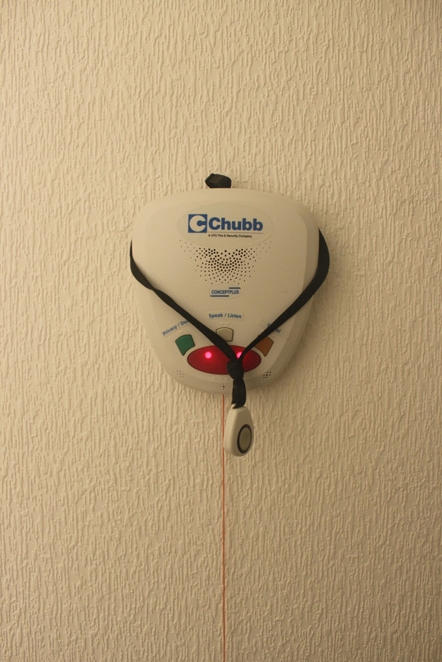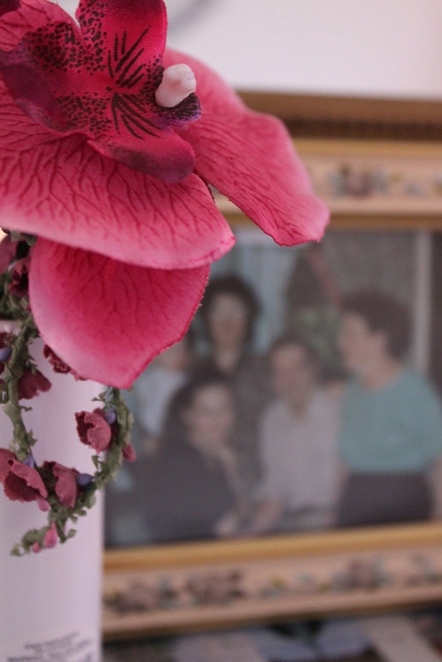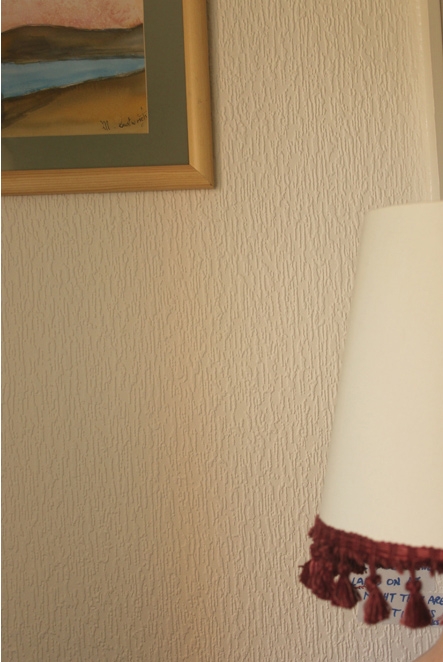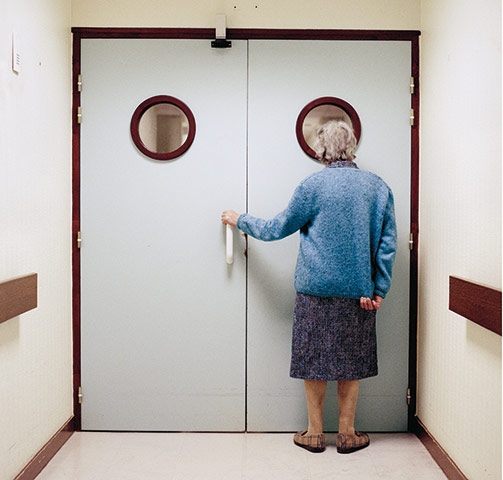View By Date Contact Me
PHOTOGRAPHY AS MEMORY
Posted: 7th May 2013Photographs
As another way of documenting I have been taking photographs and I now have several ‘collections’ of images. As I have been taking them, there have been several ideas and themes that I want to explore and convey through them.
This has been through wanting to record, and also I like the conceptual ideas that the photographs themselves are set points in time – like working in the here and now.
Because of this are removed from reality from the beginning.
- Photograph as Record of Space
Firstly I wanted to simply record the spaces.
With this documenting of a space there is a clinical, objective feel to it too – recording a space for reference.
Perhaps quite macabre, this approach reminded me of old crime scene images like those by Weegee. There are a sense of something just happened, yet a real stillness after. The space is no longer what it once was.
With these I have also be documenting change. In the flat I was trying to capture that stillness of the place – my Grandma wouldn’t be coming here again and it was something that I was really aware of.
-
Photograph as Archive
As I will discuss a little later on within ‘living-lite’ I wanted to keep a record of objects and photographs that my Grandma owns. There are objects from old family photographs, letters, birthday cards to a Mr Men character my brother gave my Grandma.
These images become a collection of a collection now, preserving and digitising treasured family portraits.
- Visual representation of memory impairment
I feel that this collection is the most finalised at present.
With these images I wanted to explore the use of depth of field, composition, reflections and lighting to convey the idea of lost focus and concentration.
I wanted the images to be about the non-spaces in a room – the bare wall between photographs or the edges of ornaments. Portraits out of focus, layers of reflections taking over what were once familiar faces. Not quite being able to see the context of what you are observing.



With dementia and memory impairment historical artefacts lose their significance and so these non-spaces become just as important or interesting as the photographs and decorations themselves.
I see these collections of images as almost primary resources for exploratory work in the future.
I wanted to record the real banality and everyday-ness in a style reminiscent of Richard Billingham or Martin Parr’s photography
The grittiness and reality of living.
 Maja Daniels work (Guardian, 2010) depict this realism all too well on a dementia ward. I can see the real anxiety in these images.
Maja Daniels work (Guardian, 2010) depict this realism all too well on a dementia ward. I can see the real anxiety in these images.
There have been some clever photographic interpretations of dementia and older age too such as Tom Hussey’s ‘Reflections’ series.
I thought this article was such a lovely little find about a fleeting thought...
